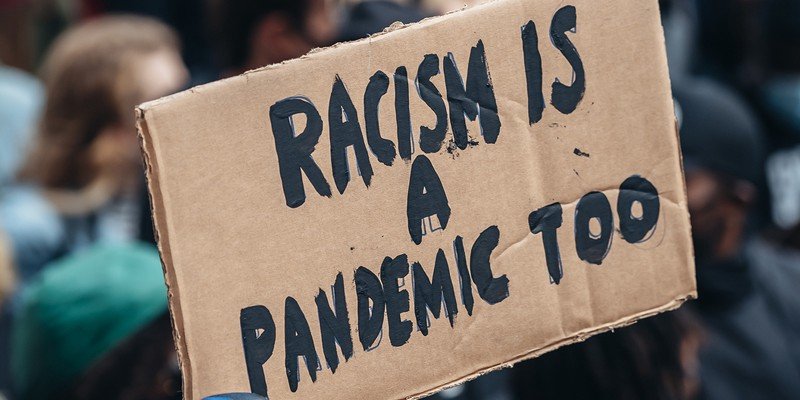Back to School Season: A Time for Healing Cultural Trauma
“Back-to-School” means a lot of different things for a lot of different identity groups in this country. Historically education has been an ideological and practical pathway out of poverty for black people, cisgendered women, immigrants and working poor communities – to name a few. For individuals of these identity groups who have successfully utilized education to climb out of the more adverse elements of poverty, racial and gender subjugation, our education system can occur as “effective” or “necessary.” It’s hard for those of us who have overcome oppression through education to see the trauma and devastating impact of our education system on others, in general, but in particular on others who share our identities. Recently back-to-school has meant confusion, fear, anxiety and isolation and health risks for students, teachers, parents and school administrators, due to the fact that the previous 2 back-to-school seasons have included navigating COVID-19.
But for MANY identity groups, particularly trans and nonbinary students, as well as immigrant and disabled students, school has been an unsafe space, where bullying by peers, humiliation from teachers, and isolation, criminalization and violence have been the main ingredients of the education experience. In truth, school has played a significant role in maintaining the gender binary, racial division, xenophobia, ableism and other forms of structural oppression.
Political Healers’ shorthand for trauma-informed practice is creating spaces where everyone feels safe, seen and heard. It’s clear that what is most predominantly erased for most people in the education system is a sense of SAFETY. Black, Native, trans, and nonbinary people don’t feel safe in schools. Teachers and administrators don’t feel safe. Disabled people, immigrants, and cis girls and boys also don’t feel safe in schools. And Afghan girls past 6th grade don’t have access to going to school; It’s not safe to even want to go to school in their own country. Anti-Blackness, racism, gender oppression, xenophobia, ableism – these are all real forces that function freely in education environments – to the point of harm, erasure and exclusion.
One of the ways that our culture attempts to mitigate that lack of safety in schools is creating police/security posts in schools, which only further contributes to a lack of safety through the criminalization of some students over others. Another, more effective method for creating safety in schools, however, is through the integration of trauma-informed practice and care. In the face of increased violence in schools, the gender subjugation of girls that prohibits their education, and the increase of anti-trans legislation, more and more grassroots and advocacy organizations, as well as educators are learning and leaning into creating schools as care environments. But we still have a long way to go before the commitment to care environments usurp criminalized and punitive ones.
The difference between these two solutions to violence and harm in schools is the difference between solutions that serve the distant few versus those that serve impacted collectives. It’s the difference between being fueled by love and justice, versus being fueled by fear. In short, emotional intelligence and respect for human life are the ingredients for schools and learning spaces that are inclusive, accessible and equitable for all.
It’s my hope that this month’s PIES practice will guide you toward healing your own school experiences - then and now – and will compel you to take radical and restorative action to protect the current and next generation of learners and educators.



